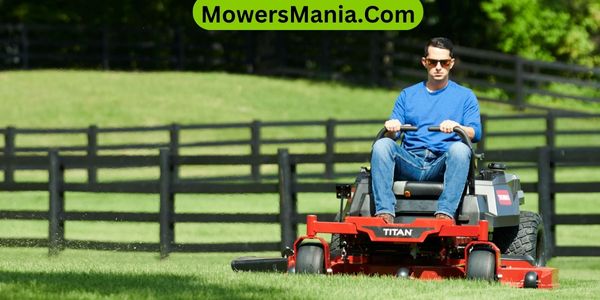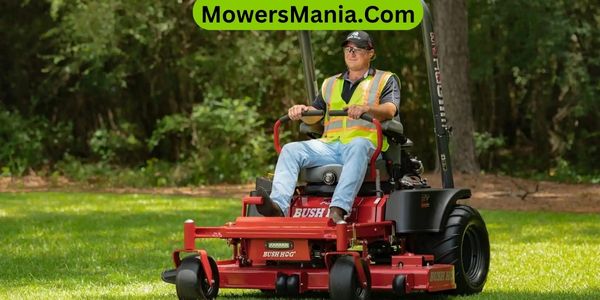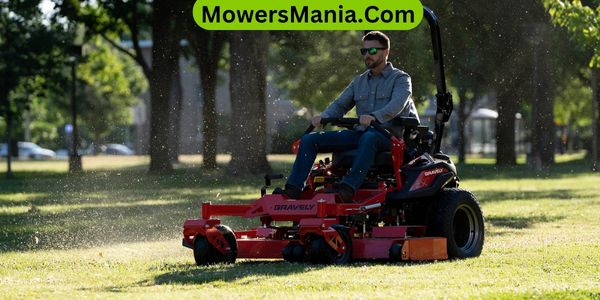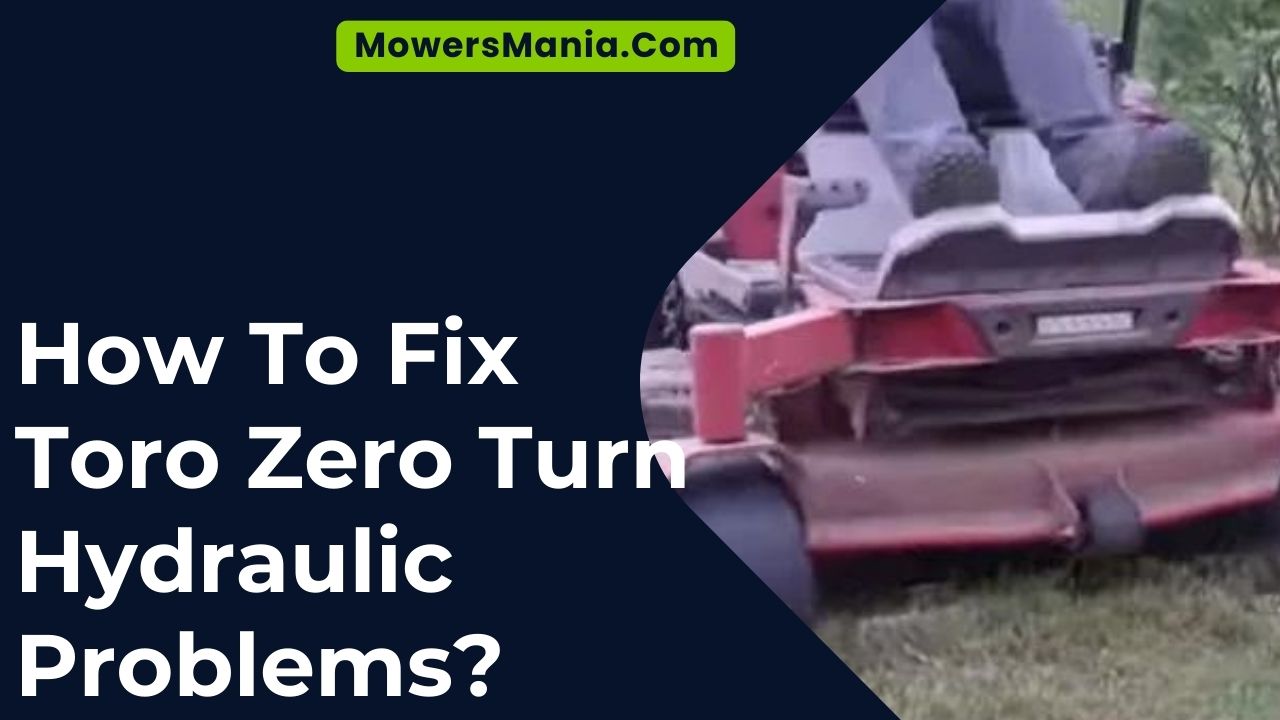If you’re having trouble with your Toro zero turn mower’s hydraulic system, don’t fret. This guide will walk you through the steps to fix common issues and get your machine running smoothly again.
From diagnosing problems and checking for leaks to troubleshooting power loss and unresponsive controls, you’ll be able to handle it all.

So grab your tools and let’s get started on solving those Toro zero turn hydraulic problems.
Diagnosing Hydraulic Problems
To diagnose hydraulic problems with your Toro zero turn mower, begin by checking for any visible leaks or damage to the hydraulic system. Inspect all hoses, fittings, and connections for signs of leaks or cracks.
Pay close attention to the hydraulic reservoir, as it’s a common area for leaks to occur. If you notice any leaks, it’s important to address them promptly to prevent further damage to the hydraulic system.
Next, check the hydraulic fluid level. Low fluid levels can cause the hydraulic system to malfunction. To check the fluid level, locate the hydraulic reservoir and remove the cap.
Use a dipstick or the fluid level indicator on the reservoir to determine if the fluid level is within the recommended range. If the fluid level is low, add the appropriate hydraulic fluid to bring it back to the correct level.
In addition to visible leaks and low fluid levels, be on the lookout for any unusual noises or vibrations while operating the mower.
These can be indicators of a hydraulic problem. If you notice any abnormal sounds or vibrations, it’s recommended to consult the Toro zero turn mower manual or contact a professional for further assistance.
Checking for Fluid Leaks
Now let’s talk about checking for fluid leaks on your Toro zero turn mower.
The first step is to identify potential leaks by inspecting the hydraulic system for any signs of fluid seepage or puddling. This could indicate a faulty connection or a damaged seal.
Identifying Potential Leaks
Check your Toro zero turn mower for any signs of fluid leaks. Identifying potential leaks is crucial to maintaining the performance and longevity of your machine. Leaks can occur in various hydraulic components, such as hoses, fittings, or the hydraulic system itself.
To help you identify and address these leaks, refer to the table below:
| Location | Possible Cause |
|---|---|
| Under the mower | Leaking hydraulic hoses |
| Around fittings | Loose or damaged fittings |
| Around the engine | Leaking hydraulic pump |
| Under the seat | Faulty hydraulic cylinder |
Inspect these areas carefully for any signs of fluid leaks, such as visible drips, wet spots, or a noticeable decrease in hydraulic fluid levels.
If you notice any leaks, it is important to address them promptly to prevent further damage to your Toro zero turn mower.
Preventing Hydraulic Fluid Loss
To prevent hydraulic fluid loss and ensure the longevity of your Toro zero turn mower, regularly inspect for fluid leaks in the following areas.
- Start by checking the hydraulic hoses, which connect various components of the hydraulic system. Look for any cracks, splits, or signs of wear on the hoses.
- Next, examine the hydraulic fittings, such as connectors and adapters, for any signs of leakage. Ensure that they’re tightly secured and not loose.
- Additionally, inspect the hydraulic cylinders, which control the movement of the mower deck and other attachments. Look for any visible signs of oil leakage around the cylinder seals.
- Finally, check the hydraulic reservoir for any signs of fluid loss or leaks.
Inspecting Hydraulic Hoses and Fittings

You can begin by examining the hydraulic hoses and fittings on your Toro zero turn mower. Regular inspection of these components is essential to ensure proper functioning of the hydraulic system.
Start by visually inspecting the hoses for any signs of wear or damage such as leaks, cracks, or bulges.
Additionally, check the fittings for any signs of leaks or loose connections. It is important to address any issues with the hoses or fittings promptly to prevent further damage to the hydraulic system.
To help you understand the importance of inspecting hydraulic hoses and fittings, here is a table highlighting the potential problems and their corresponding solutions:
| Problem | Solution |
|---|---|
| Leaking hoses | Replace the damaged hose with a new one. |
| Cracked hoses | Replace the cracked hose to prevent fluid loss. |
| Loose fittings | Tighten the fittings securely to prevent leaks. |
| Bulging hoses | Replace bulging hoses as they may burst under pressure. |
Troubleshooting Loss of Power
If your Toro zero turn is experiencing a loss of power, there are a few common culprits to consider.
One possibility is a clogged hydraulic filter, which can restrict the flow of hydraulic fluid and result in decreased performance.
Another potential issue is a worn hydraulic pump, which may not be able to generate enough pressure to power the system effectively.
Clogged Hydraulic Filter
When experiencing a loss of power on your Toro Zero Turn due to a clogged hydraulic filter, start by checking the condition of the filter.
The hydraulic filter is responsible for filtering out any debris or contaminants in the hydraulic system, ensuring smooth operation of the machine. Over time, the filter can become clogged, reducing the flow of hydraulic fluid and causing a loss of power.
To troubleshoot this issue, follow these steps:
- Locate the hydraulic filter on your Toro Zero Turn.
- Remove the filter and inspect it for any signs of clogging or damage.
- If the filter is dirty or clogged, clean or replace it with a new one.
- Reinstall the filter and test the machine to see if the loss of power issue is resolved.
Worn Hydraulic Pump
To continue troubleshooting loss of power on your Toro Zero Turn, examine the possibility of a worn hydraulic pump. Over time, the hydraulic pump can become worn due to regular use and age.
A worn hydraulic pump may result in a decrease in power output, causing your Toro Zero Turn to operate sluggishly or struggle to move at all.
To determine if the hydraulic pump is the culprit, first, check for any visible signs of wear or damage, such as leaks or cracks. Additionally, listen for any unusual noises coming from the pump, as this could indicate internal damage.
If you suspect that the hydraulic pump is worn, it’s recommended to consult a professional technician who can accurately diagnose and repair the issue.
Addressing Unresponsive Controls
Check the control levers and connections for any signs of damage or malfunction. Unresponsive controls can be frustrating, but there are a few potential solutions you can try to fix the issue.
First, make sure there are no obstructions or debris preventing the levers from moving freely. Clean any dirt or debris that may have accumulated around the control levers.
Next, inspect the connections between the control levers and the hydraulic system.
Look for any loose or disconnected wires and ensure they are securely attached. If you find any damaged or worn-out parts, they may need to be replaced.
Additionally, check the hydraulic fluid level and make sure it is at the recommended level. Low fluid levels can cause the controls to be unresponsive. Refer to the table below for a quick reference on addressing unresponsive controls.
| Possible Solutions | Description |
|---|---|
| Check for obstructions | Clear any debris or obstructions that may be affecting the movement of the control levers. |
| Inspect connections | Ensure all connections between the control levers and the hydraulic system are secure and intact. |
| Replace damaged parts | If any parts are damaged or worn out, they may need to be replaced. |
| Check fluid level | Verify that the hydraulic fluid level is at the recommended level. |
| Consult a professional | If the issue persists, it is advisable to consult a professional for further assistance. |
Fixing Common Toro Zero Turn Hydraulic Issues

If you encounter common hydraulic issues with your Toro zero-turn mower, you can easily fix them by following these steps.
The first thing you should check is the hydraulic fluid level. Low fluid can cause the mower to perform poorly or not at all.
To fix this, locate the hydraulic reservoir, usually located near the engine or under the seat. Unscrew the cap and check the fluid level. If it’s low, add the appropriate hydraulic fluid until it reaches the recommended level.
Another common issue is air in the hydraulic system. Air can cause the mower to lose power or have erratic movements. To fix this, you need to bleed the system.
Start by turning off the mower and locating the bleed valves on each wheel motor. Open the valves and let the air escape. Once all the air is out, close the valves and test the mower’s performance.
Lastly, check for any leaks in the hydraulic system. Leaks can cause a loss of fluid, leading to poor mower performance. Inspect all the hoses, connections, and seals for any signs of leakage. If you find a leak, replace the damaged component or tighten the connections.
Frequently Asked Questions [FAQs]
How Often Should I Replace the Hydraulic Fluid in My Toro Zero Turn Mower?
You should replace the hydraulic fluid in your Toro zero turn mower regularly. It’s important to follow the manufacturer’s recommendations for maintenance intervals to keep your mower running smoothly and prevent hydraulic problems.
Can I Use Any Type of Hydraulic Fluid in My Toro Zero Turn Mower?
You can’t use any type of hydraulic fluid in your Toro zero turn mower. It’s important to use the recommended fluid specified by the manufacturer to ensure proper functioning and prevent damage to the hydraulic system.
What Should I Do if My Toro Zero Turn Mower Suddenly Starts Jerking or Vibrating While Operating?
If your Toro zero turn mower suddenly starts jerking or vibrating while operating, there may be a problem with the hydraulic system. Check for any leaks, ensure proper fluid levels, and consider contacting a professional for further assistance.
Are There Any Specific Maintenance Procedures I Should Follow to Prevent Hydraulic Problems in My Toro Zero Turn Mower?
To prevent hydraulic problems in your Toro zero-turn mower, make sure to follow specific maintenance procedures. Regularly check and change the hydraulic fluid, inspect hoses and fittings for leaks, and keep the hydraulic system clean.
Is It Possible to Convert a Toro Zero Turn Mower From Hydraulic to a Mechanical Transmission System?
No, it is not possible to convert a Toro zero turn mower from hydraulic to a mechanical transmission system. The mower is designed and built with a hydraulic system, and converting it would require significant modifications that may not be feasible.
Conclusion
In conclusion, by following the steps outlined in this article, you can effectively diagnose and fix hydraulic problems in your Toro zero turn mower.
By checking for fluid leaks, inspecting hoses and fittings, troubleshooting power loss, and addressing unresponsive controls, you can ensure your mower operates smoothly and efficiently.
Don’t let hydraulic issues hinder your mowing experience, take the necessary steps to fix them and get back to enjoying a well-maintained lawn.



